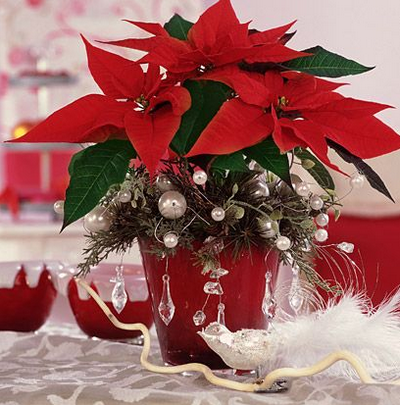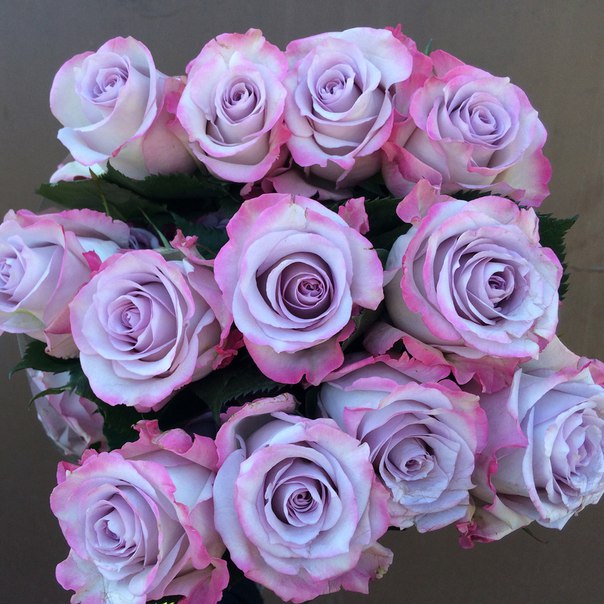Pilea
 The homeland of pylaea is the tropics of Asia, Africa and Australia. If you touch the mature buds of pylaea or slightly sprinkle water on them, they open and shoot pollen.
The homeland of pylaea is the tropics of Asia, Africa and Australia. If you touch the mature buds of pylaea or slightly sprinkle water on them, they open and shoot pollen.
All pylaea are unpretentious and decorative throughout the year. It is recommended to grow them in wide pots or bowls. These plants will feel great if you find them a place on the windows of eastern and western orientation. Pilea has many varieties, differing in color and shape of the leaves. Only some species of this perennial plant can be grown as houseplants.
Temperature mode
Pilea is thermophilic, therefore it should be kept at a temperature not lower than 12 ° C. In winter, plants are kept at a temperature of + 16-18 ° C in a bright place. On frosty nights, they should be removed from the window sills and protected from drafts.
Lighting
the plant is shade tolerant, but too much lack of light can adversely affect it. Pilea is well suited to fill the empty spaces near the base of tall indoor plants.
Watering
does not tolerate excessive moisture, so watering is very moderate. The soil should always be moist, but not moist. In spring and summer, the saw is watered with flower fertilizer.
Transfer
transplant well tolerates at any time of the year. Transplanted a saw into larger pots.
We advise you to renew the plant every spring from cuttings that are easily rooted. To do this, cut off the tops of shoots and root them in the sand. After 2-3 weeks, roots appear. Plants are transplanted into pots with a soil mixture consisting of turf land, leaf soil and sand (1: 3: 1).
Diseases and pests of pylaea:
Bleached pylaea leaves indicate poor lighting. Wilting of pylaea leaves due to excessive watering
Types of Pylaea:
Pilea tender
Pilea mollis
This pilya differs in that as its upright shoots grow, they become lodging. The leaves are greenish pink, oval, wrinkled, with a carved edge, omitted. Pileas are used as original decorative foliage indoor plants.
Place for Pylaea: these plants feel great on the windowsills.
Light for Pylaea: the plant is shade tolerant.
Temperature for Pylaea: 18-23 ° C, in winter at least 12 ° C
Humidity for Pylaea: does not tolerate excessive moisture, so watering is very moderate.
Pylaea Spruce
Pilea spruceana
Pilea Spruce from the tropics has beautifully painted leaves.
Place for Pylaea: these plants feel great on the windowsills.
Light for Pylaea: very light, but not very sunny.
Temperature for Pylaea: 18-23 ° C, in winter at least 12 ° C
Humidity for Pileas: watered with warm water. The earth should always be moist, but not moist. Maintain high air humidity, but it is undesirable to spray the leaves, as spots appear on the leaves.
Propagation Peel: apical cuttings, takes root very quickly
Peperia pear-shaped
Pilea peperomioides
Pilea was originally known only in the West of China. Pilea is grown indoors due to decorative leaves. Pilea flowers are not noticeable at all. Pilea refers to fast-growing plants.
Place for Pylaea: these plants feel great on the windowsills.
Light for Pylaea: not very light, shade-tolerant.
Temperature for Pylaea: 16-20 ° C, in winter at least 10 ° C
Humidity for Pileas: watered with warm water. The earth should always be moist, but not moist. Maintain high air humidity, but it is undesirable to spray the leaves, as spots appear on the leaves.
Propagation of Pili: apical cuttings, takes root very quickly. The plant is renewed every spring from cuttings.
Small-leaved pylaea
Pilea microphylla
Place for Pylaea: these plants feel great on the windowsills.
Light for Pylaea: the plant is shade tolerant, but too much lack of light can adversely affect it.
Temperature for Pylaea: 18-23 ° C, in winter at least 12 ° C
Humidity for Pylaea: does not tolerate excessive moisture, so watering is very moderate.
Pilya thick-leaved
Pilea crassifoli
Place for Pylaea: these plants feel great on the windowsills.
Light for Pylaea: the plant is shade tolerant, but too much lack of light can adversely affect it.
Temperature for Pylaea: 18-23 ° C, in winter at least 12 ° C
Humidity for Pylaea: does not tolerate excessive moisture, so watering is very moderate.
Pilea Kadier
Pilea cadierei
Place for Pylaea: these plants feel great on the windowsills.
Light for Pylaea: the plant is shade tolerant, but too much lack of light can adversely affect it.
Temperature for Pylaea: 18-23 ° C, in winter at least 12 ° C
Humidity for Pylaea: does not tolerate excessive moisture, so watering is very moderate.



